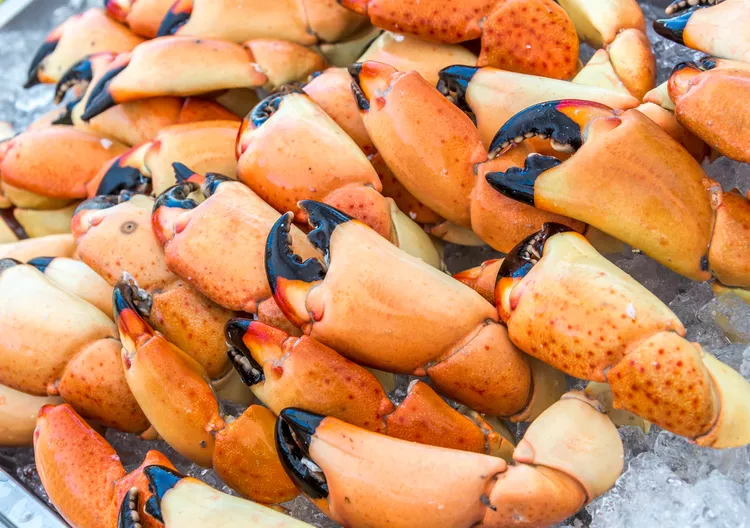
Crab: a culinary treasure, a delicate seafood prized for its sweet, succulent flavor and versatile nature. From elegant crab cakes to hearty crab bisques, this luxurious ingredient holds a special place in Southern cuisine. But cooking with crab, whether fresh or frozen, requires understanding its nuances, from selecting the right variety to mastering proper storage and cooking techniques.
The first consideration is crab season. Stone crabs, a South Florida specialty, are harvested only for their claws, from October to May. Fishermen employ a sustainable practice, snapping off a claw and returning the crab to the water to regenerate. Blue crabs, found along the East Coast and Gulf, are available year-round, their shells transforming from blue to vibrant red and orange upon cooking. Dungeness crabs, larger than blue crabs, are harvested from late fall to late spring along the West Coast. King crabs, the largest species, are fished in Alaska and the Bering Sea, primarily sold as leg clusters. Snow crabs, easily cracked, are found in both Pacific and Atlantic waters. Soft-shell crabs, harvested during the brief period after molting, are available fresh in spring and early summer, and frozen year-round.
Choosing the right type of crab depends on the intended dish. “Jumbo lump” crab meat, large white chunks from the crab body, is ideal for chilled seafood cocktails and salads. “Lump” meat, slightly smaller, is suitable for pasta dishes and crab cakes. “Backfin,” a mix of broken lump and small pieces, is perfect for stuffings, dips, and soups. Dark brown claw meat, from the legs and claws, has a stronger flavor, ideal for sauces and dips.
Substituting crab types requires consideration. Blue, snow, and Dungeness crabs share a similar salty-sweet flavor, but variations exist due to factors such as water salinity, processing methods, and cooking techniques. Claw and leg meat generally possess a more intense flavor than body meat. Imitation crab meat, often made from white fish, lacks the delicate flavor and texture of real crab.
Proper storage is crucial for maintaining crab’s quality. Fresh crabmeat is highly perishable, requiring refrigeration and use within two to three days. Freezing crab in the shell or in prepared dishes, such as crab cakes or casseroles, is recommended for longer storage, up to three months. Freezing crabmeat without the shell’s protection compromises texture, resulting in a stringy consistency. Always cook whole crab before freezing, and never thaw and refreeze.
Thawing and heating crab legs requires a gentle approach. Refrigerator thawing overnight ensures optimal texture. Steaming is the ideal cooking method, but baking in a water-filled roasting pan, tented with foil, at 350°F for fifteen minutes, is a viable alternative for smaller quantities.
Cooking with crab requires attention to detail, from selecting the right variety and understanding its seasonality to mastering proper storage and cooking techniques. By following these guidelines, you can ensure that every crab dish is a culinary triumph, a testament to the delicious versatility of this prized seafood.


